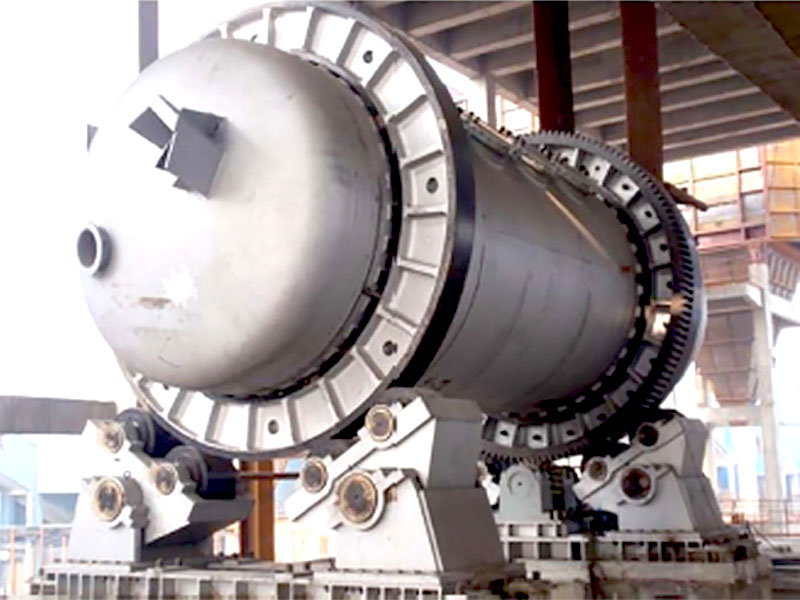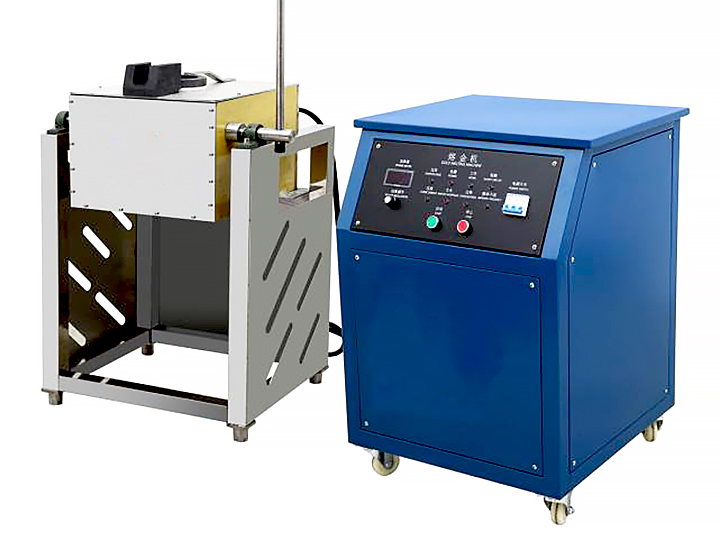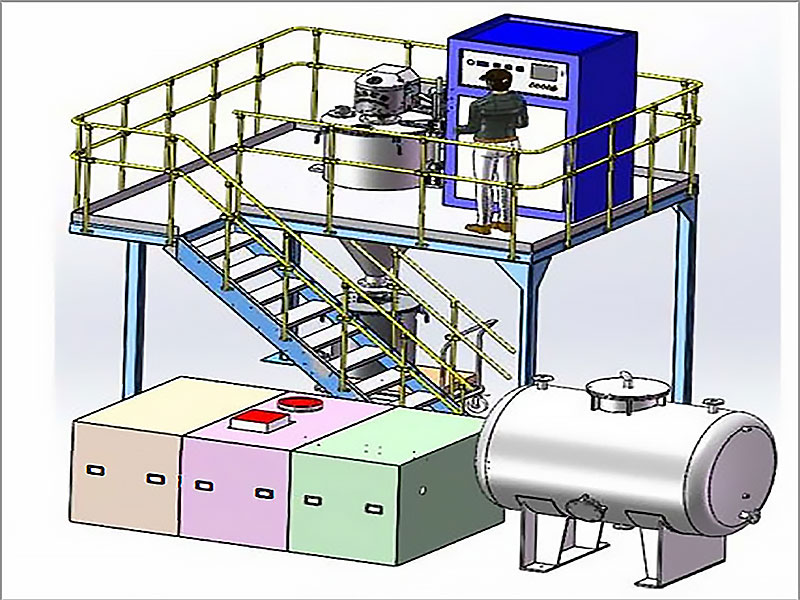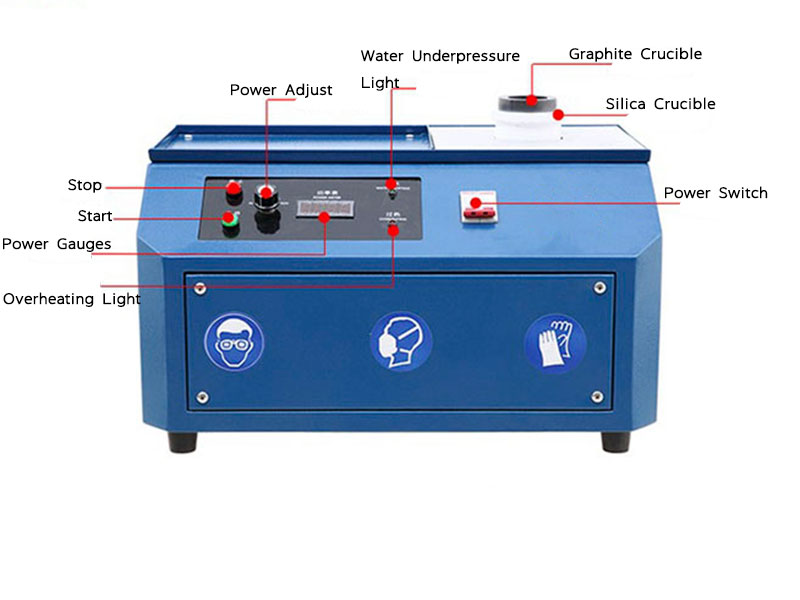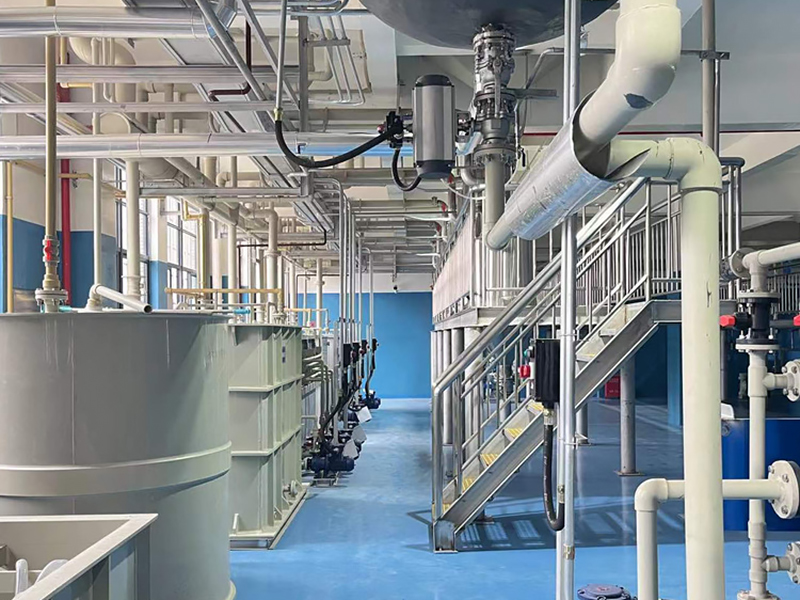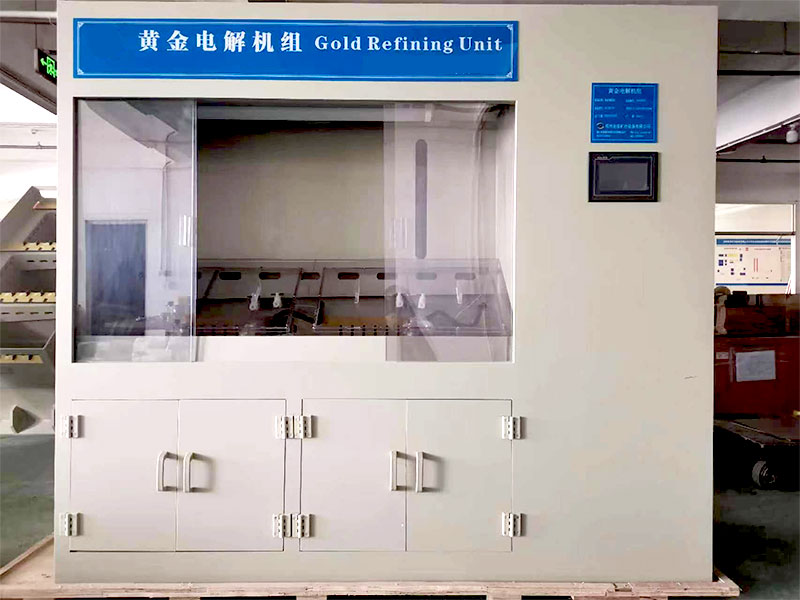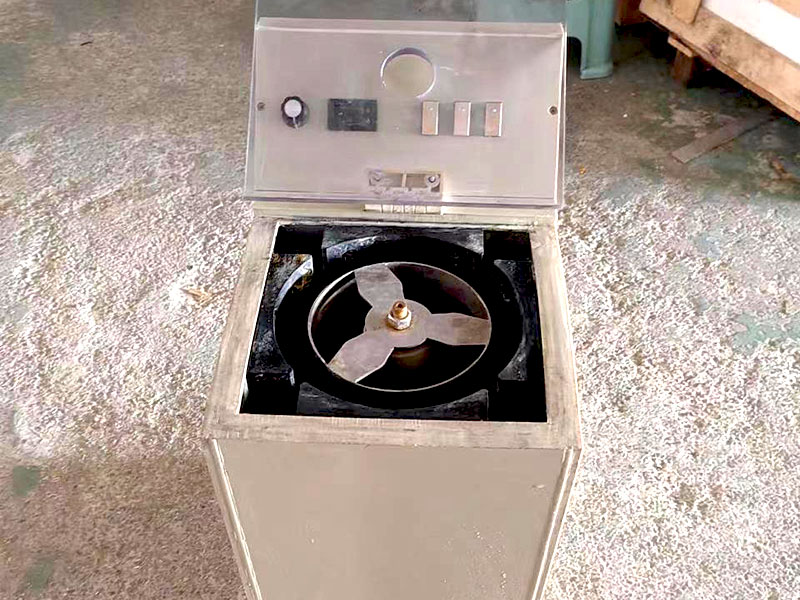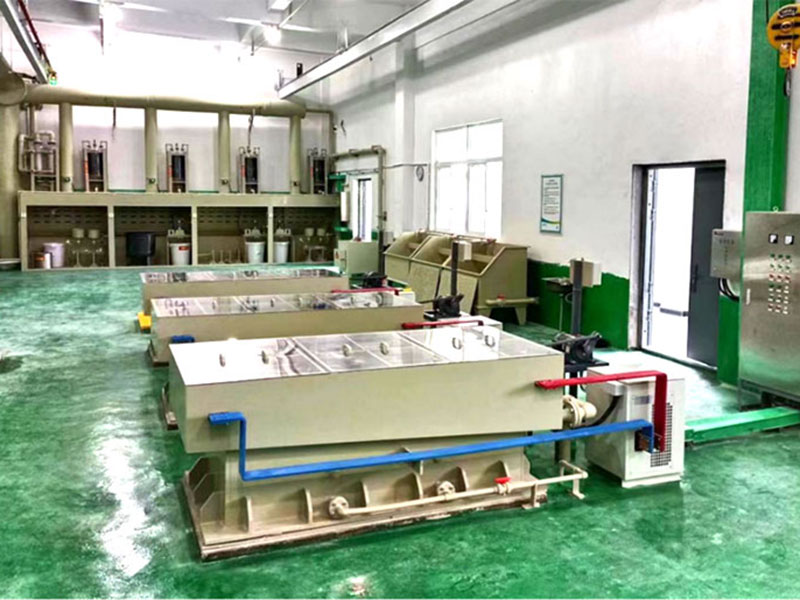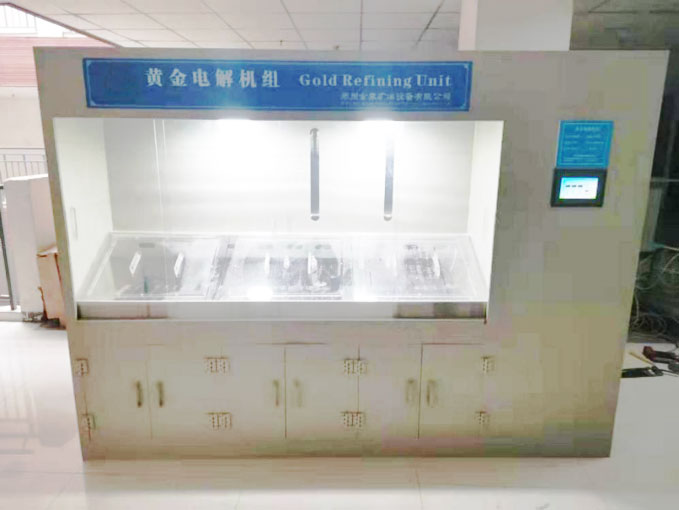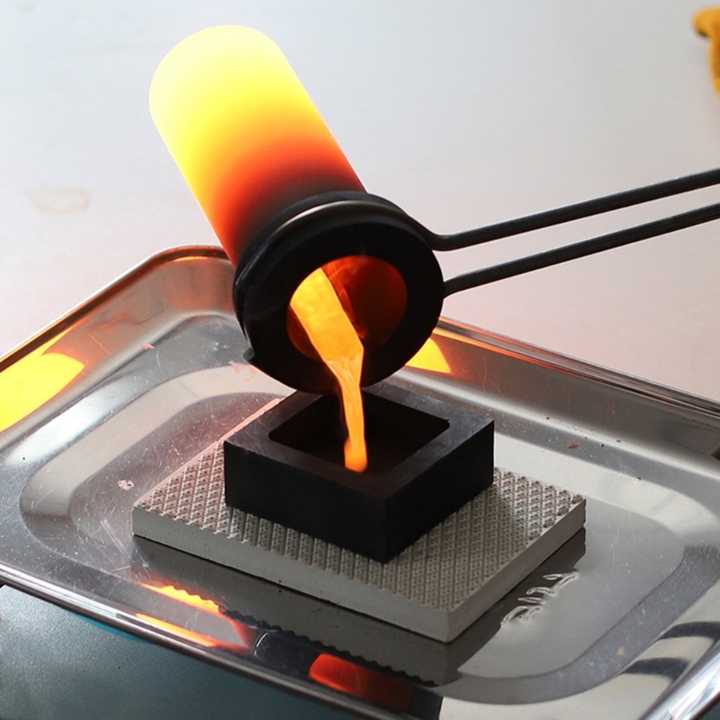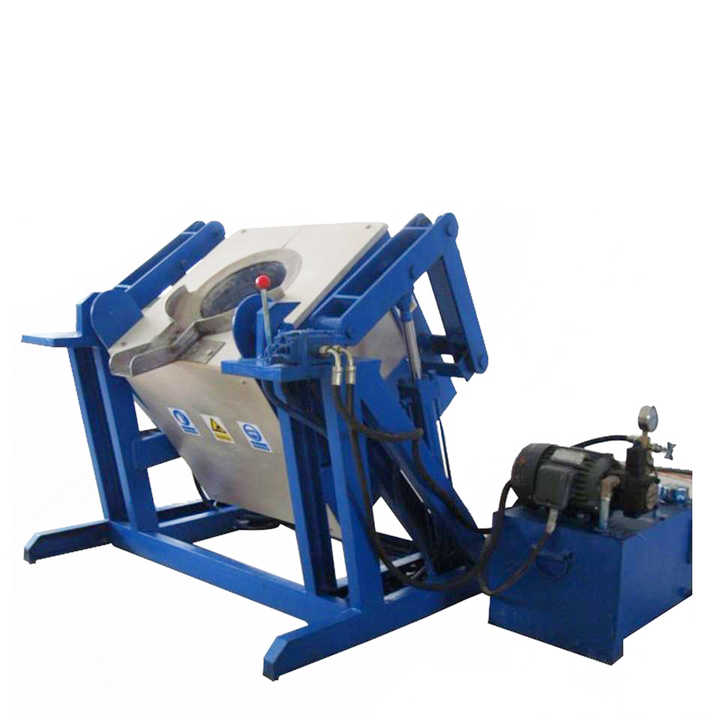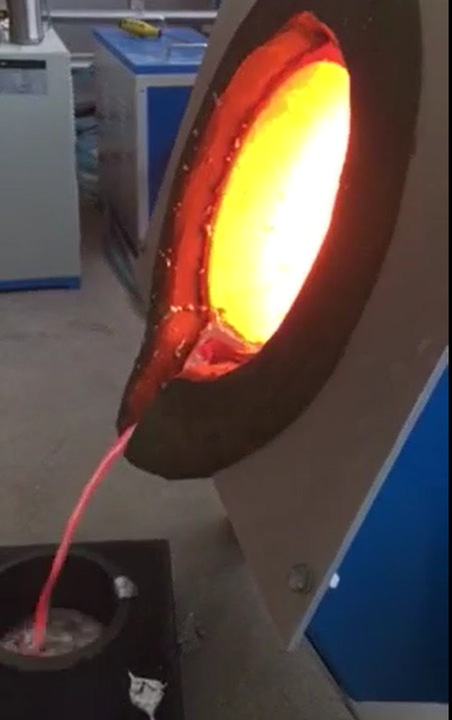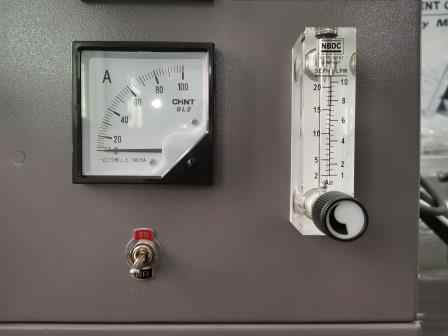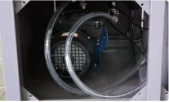smelting furnaces for precious metals
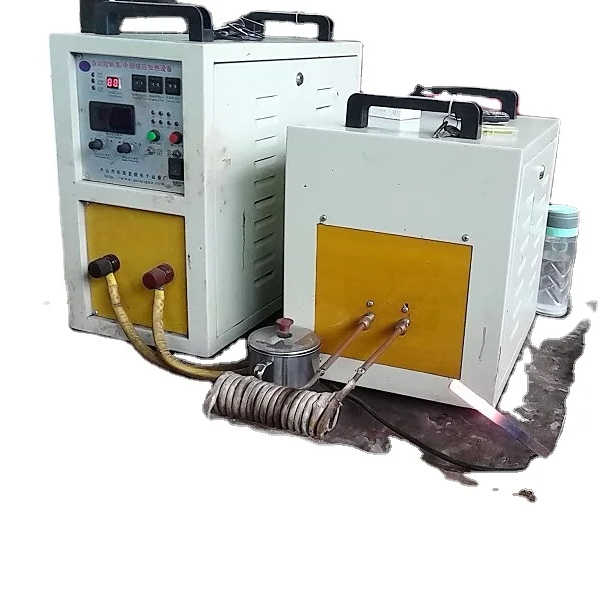
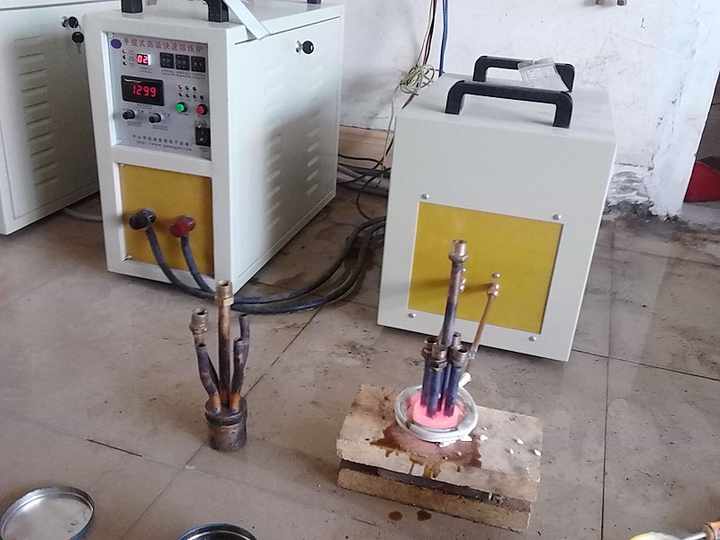
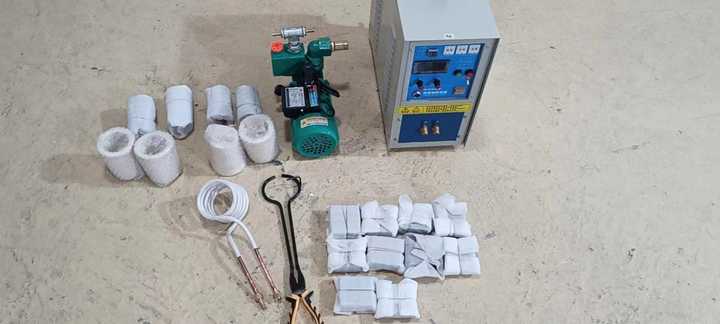
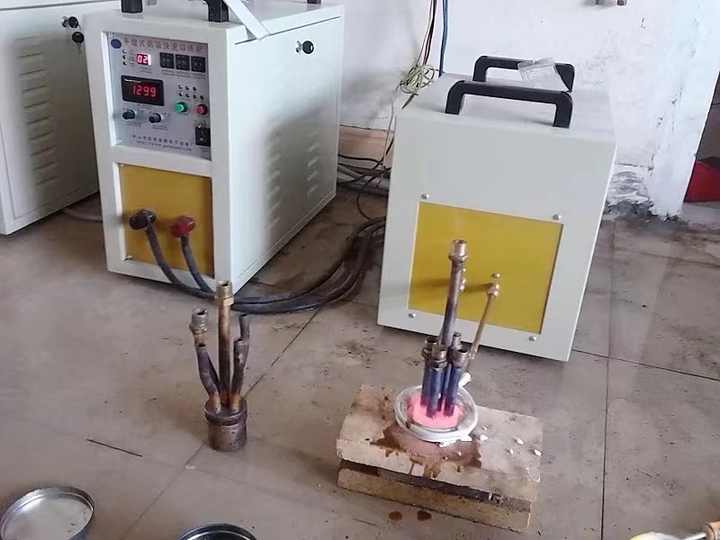
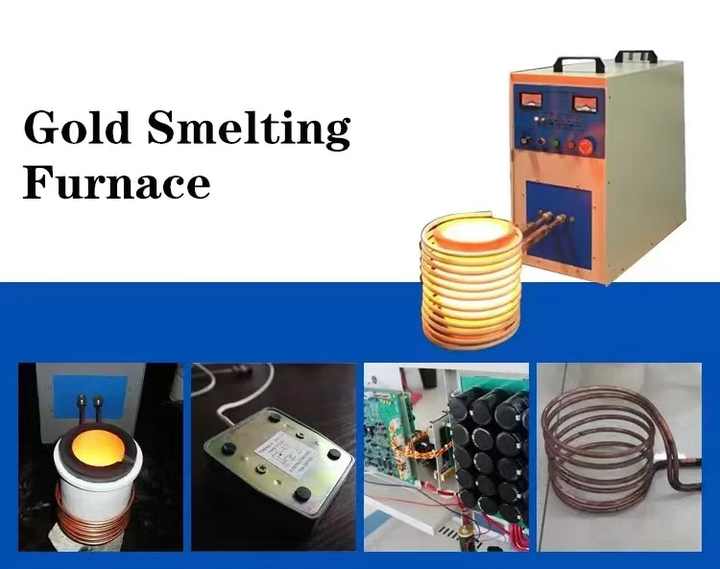
Smelting Furnaces for Precious Metals An Essential Guide
Smelting furnaces are pivotal in the process of extracting and refining precious metals. These furnaces provide the necessary conditions for melting ores and separating valuable metals from impurities. Understanding the different types of smelting furnaces available, their applications, and key considerations can help optimize metal processing and enhance productivity.
Overview of Smelting Furnaces for Precious Metals
Smelting furnaces are designed to handle high temperatures and harsh chemical environments to effectively process precious metals such as gold, silver, and platinum. The choice of furnace can significantly impact the efficiency and quality of the smelting process.
Types of Smelting Furnaces for Precious Metals
There are several types of smelting furnaces used in the industry, each with unique features and advantages.
Electric Arc Furnaces
Electric arc furnaces are widely used for smelting precious metals due to their precise temperature control and high energy efficiency. These furnaces use electric arcs to generate the necessary heat for melting ores, making them ideal for large-scale operations. The ability to adjust temperature settings allows for optimal processing of various metal types and concentrations.
Induction Furnaces
Induction furnaces use electromagnetic induction to heat the metal, offering excellent control over temperature and minimal contamination. These furnaces are well-suited for smelting small to medium quantities of precious metals. Induction furnaces are known for their energy efficiency and ability to provide consistent heating, which is crucial for producing high-purity metals.
Gas-Powered Furnaces
Gas-powered furnaces are another option for smelting precious metals. They use natural gas or propane to generate heat and are often favored for their cost-effectiveness and versatility. Gas-powered furnaces can be used for both small-scale and large-scale operations, making them a flexible choice for various processing needs.
Key Components of Smelting Furnaces
Understanding the key components of smelting furnaces can help in selecting the right equipment and ensuring efficient operation.
Crucibles
Crucibles are essential for holding the metal and ore during the smelting process. They must be made from materials that can withstand high temperatures and resist corrosion. Common materials for crucibles include graphite and ceramic, each offering different advantages depending on the type of furnace and metal being processed.
Refractory Linings
Refractory linings are used to line the interior of the furnace to protect it from the intense heat and corrosive effects of molten metal. These linings are made from heat-resistant materials and play a crucial role in maintaining the furnace’s longevity and efficiency.
Temperature Controls
Accurate temperature control is vital in smelting precious metals to ensure optimal processing conditions. Modern smelting furnaces are equipped with advanced temperature control systems that allow precise adjustments, improving the quality and consistency of the final product.
Applications of Smelting Furnaces for Precious Metals
Smelting furnaces are used in various applications within the precious metals industry, each requiring specific features and capabilities.
Gold Smelting
Gold smelting involves melting gold ore to separate the gold from impurities. Electric arc and induction furnaces are commonly used for this process due to their ability to reach and maintain the high temperatures required for gold extraction. These furnaces help produce high-purity gold suitable for further refining.
Silver Smelting
Silver smelting processes are similar to those for gold, but may require different temperature settings and furnace configurations. Both electric arc and gas-powered furnaces can be used for silver smelting, depending on the scale of operation and specific processing needs.
Platinum Smelting
Platinum smelting requires specialized equipment due to the metal’s high melting point and unique chemical properties. Induction furnaces are often preferred for platinum smelting because they offer precise control over temperature and are capable of handling the metal’s specific requirements.
Choosing the Right Smelting Furnace
Selecting the appropriate smelting furnace involves considering several factors to ensure the equipment meets operational needs and performance expectations.
Capacity and Scale
The capacity of a smelting furnace should align with the scale of the operation. Large-scale operations may require high-capacity electric arc or induction furnaces, while smaller operations may benefit from gas-powered or smaller induction furnaces.
Energy Efficiency
Energy efficiency is a critical consideration for reducing operational costs and minimizing environmental impact. Electric arc and induction furnaces generally offer better energy efficiency compared to gas-powered alternatives, making them suitable for operations focused on sustainability.
Cost and Maintenance
The initial cost of the furnace, along with ongoing maintenance and operational costs, should be evaluated. Investing in high-quality furnaces with advanced features may incur a higher upfront cost but can lead to long-term savings through improved efficiency and reduced maintenance needs.
Smelting furnaces for precious metals play a vital role in the extraction and refining of valuable materials. Understanding the types of furnaces available, their components, and their applications can help optimize metal processing and improve the quality of the final product. By carefully selecting the right furnace based on capacity, energy efficiency, and cost considerations, operators can enhance their smelting operations and achieve better results in precious metal processing.

